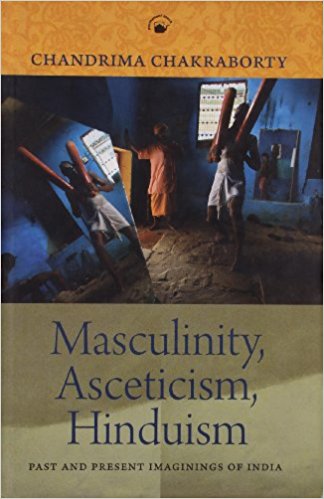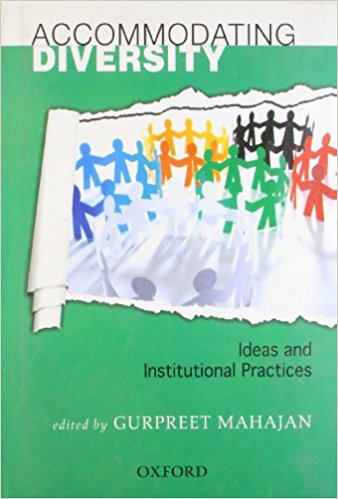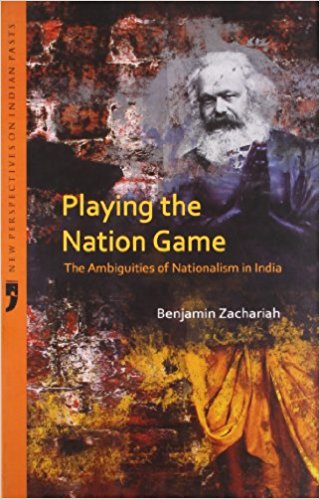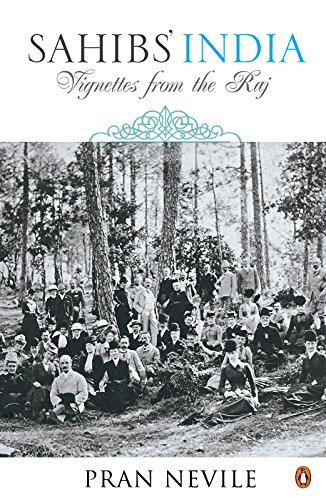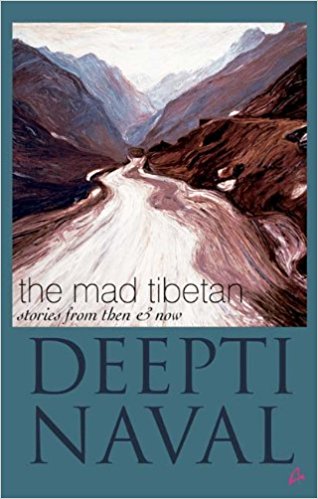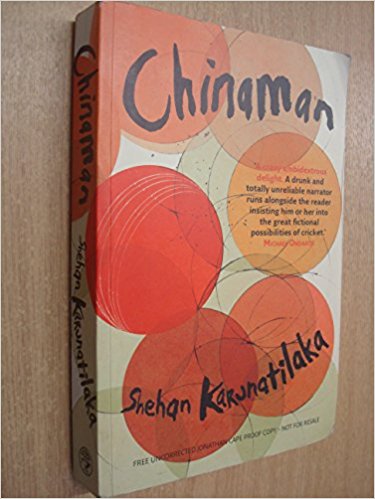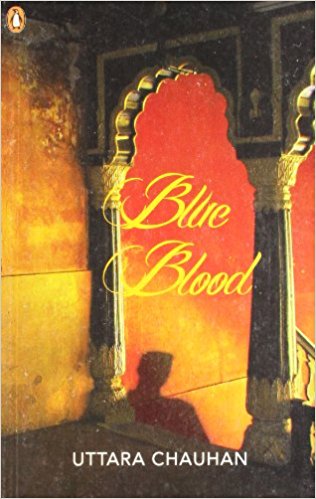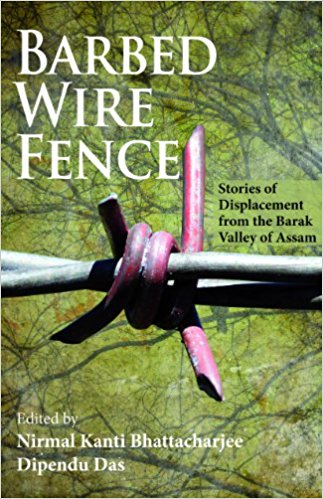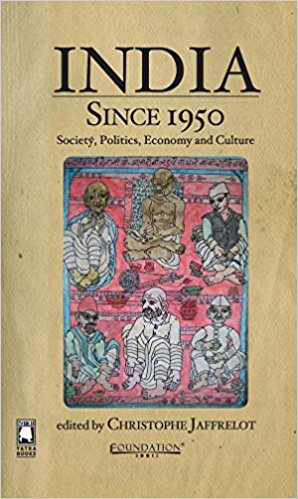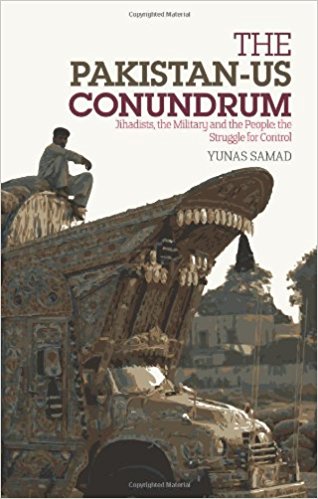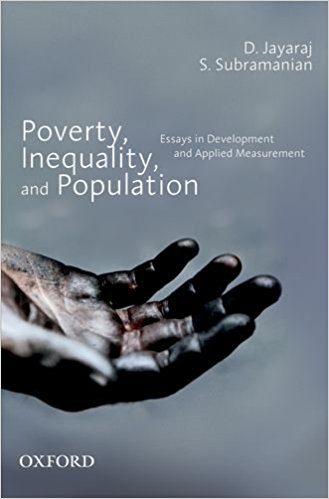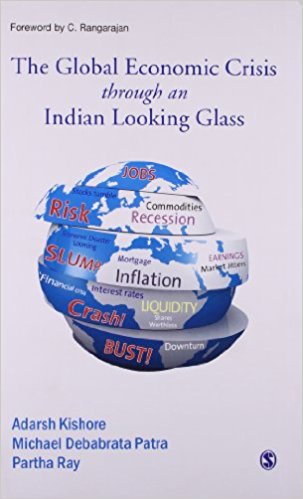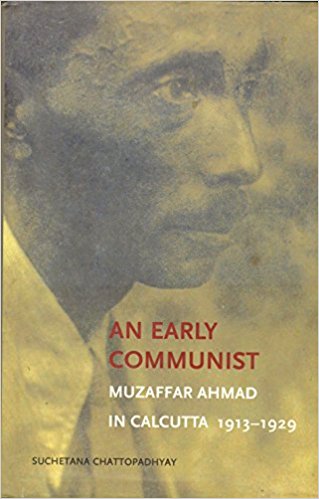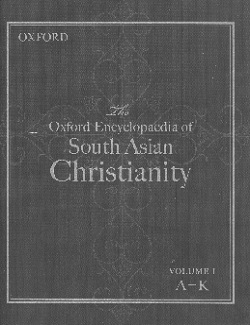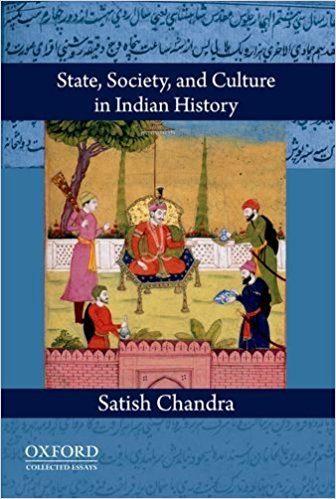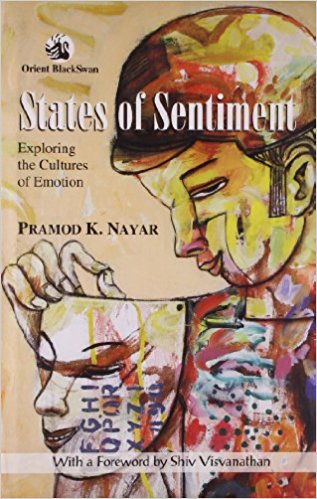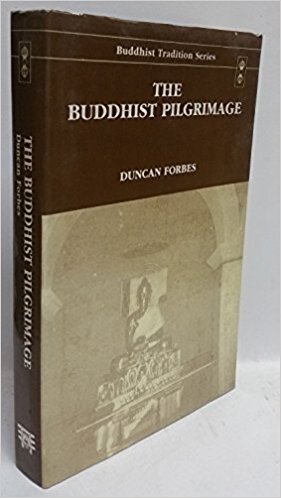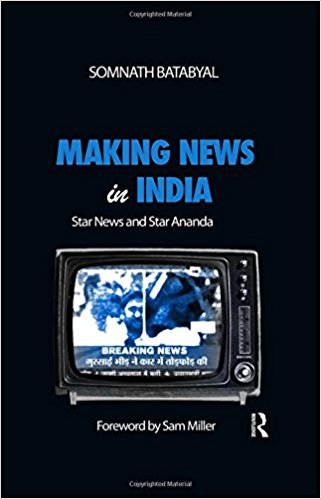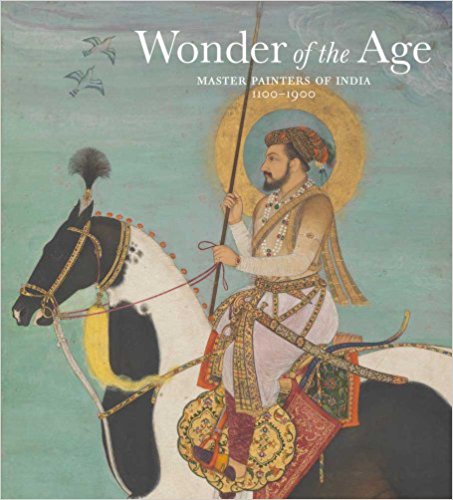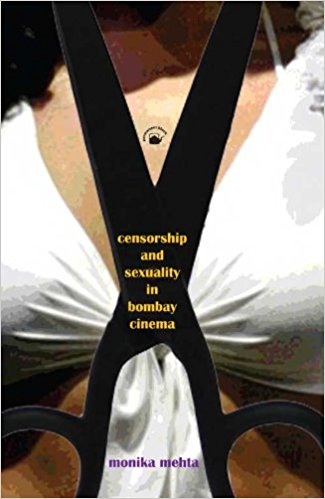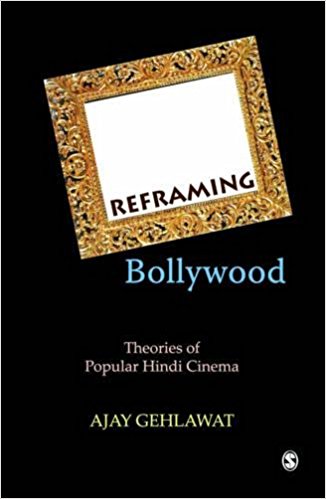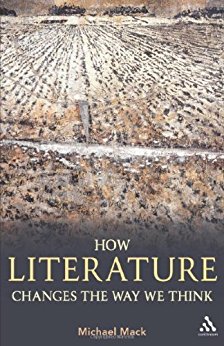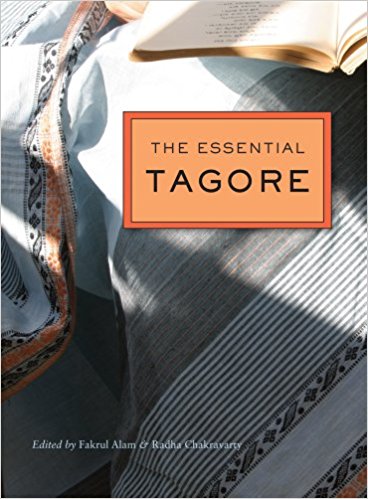This book highlights a conceptual and political impasse that is at the heart of the most recent postcolonial scholar-ship on India.On the one hand, much effort is expended at exposing the contradictions and limits of British colonial rule (scholars tend to mostly ignore the Portuguese colonial presence!)…
Archives
May 2012 . VOLUME 36, NUMBER 5Peter Ronald de Souza in his foreword sees the book’s central contribution in providing a ‘frame within which to understand the troublesome question as to how a democracy should respond when a group acquires a voice, when that voice be-comes louder, and when it perhaps grows to be a cacophony?’
The question of the nation—its presence or absence, expansion or stagnation,exclusivity or everydayness, or its accuracy and ambiguity, has quite often rendered the concept difficult and unyielding…
Reminiscences from the days of the Raj have been a favourite subject of many authors, even writers and historians not dealing with it otherwise. Sahib’s India: Vignettes from the Raj presents a picture of the much discussed era from the perspective of someone who has already…
Reading the short stories by Deepti Naval can be quite an exhilarating experience. In each story, one can feel the aesthethic sensibility that has helped her emerge as a multi-faceted artistic personality who can interpret and use each medium of expression to her advantage, be it acting, painting, photography or writing…
Cricket and Sri Lanka share a rather formidable history. Tracing this, the cricket enthusiast-turned-anthropo-logist Michael Roberts (University of Adelaide), draws on the diversity in team composition as testimony to the inherent cosmopolitanism of the island—as native to it as the strains of the raucous but vibrant (Tamil) Baila, i.e.,…
2012
Blue Blood is Uttara Chauhan’s second endeavour at fiction writing. A Canada based writer of Indian origin, who works as a policy analyst for the Government of Canada, Uttara Chauhan’s debut novel A Model House was a love story while the book under review strings together eight stories…
Barbed Wire Fence is a collection of short stories translated into English from the original Bengali versions dealing with the sociological, political and psychological problems arising out of the mass scale migration of Bengalis from East Bengal to the Barack Valley in Assam during Partition (1946-7), as also the migration of the Bangladeshis after the 1965 and 71 wars…
Christophe Jaffrelot, a noted French expert on Indian politics, has made a stupendous effort to bring together this collection of forty-five essays, including an Introduction and a conclusion by him of French writings on India. Prepared as a Reader for French students of Indian studies, this English translation connects Indian readers (students particularly) to analyses of various Indian issues over the years by French Indologists…
Pakistan has been a subject of scholarly gaze for some time. The unfolding of events in the post 9/11 period has given a peculiar twist to the usual Indo-centric analysis about its role in international affairs, thus bringing into the discourse such actors as the Taliban, Al Qaida and their interface with Pakistani polity…
The book presents an array of relevant issues in development studies, such as child labour, educational participation, poverty, inequality, gender issues, that have skewed sex ratio and its relation to women’s well being; and issues related to collection of data and interpretations of statistical results…
Crisis is an output of change; it is a new beckoning or a long awaited demise, a decisive break with the past arrangements. Global crises have happened more than once in the past and they are likely to happen again in the future…
Suchetana Chattopadhyay’s book is three things wrapped in one cover. It is a narrative of the life of Muzaffar Ahmad, the founding figure of the Communist Party of India at the Bengal front. But it is not a biography of this leading Indian Communist. This book is rather about a few early years of Muzaffar Ahmad’s…
The Chhotanagpur region, in the news as the very heart of the Maoist movement, is arguably also at the epicentre of theChristian discourse in India, both by its protagonists, and by the Hindutva Parivar which challenges it and has launched its own political and religious proselytizing in the region that stretches over many states in Central and East India…
Most of the essays in the volume under review were written by Professor Satish Chandra in the last ten years and published in various journals and were, as the author himself admits,’often difficult to locate’. Their compilation and publication in a single volume by Oxford University Press is, therefore, significant…
The Times man of last year is the protester. With protests raging across different countries, it is quite clear people are generally unhappy about many aspects of their lives. While in the Middle East and Africa, it is primarily about the regimes and change in the regimes, in India the focus…
This book is an interesting contribution to the tradition of travelogues of the Buddhist pilgrimage sites of northern India. It gives a first-hand account of the experiences of an English pilgrim to the Buddhist sites during the nineteen nineties…
If there is one thing everyone who watches television news agrees…
Here is another meticulous book, well thought out and jointly authored by two scholars of select works of Indian painting covering nearly seven hundred years of its history. The framework within which the authors, John Guy and Jorrit Britschgi, write is interesting and engaging…
Right from the cover the book unfolds a discussion on the role of censorship and debates around the context of spectatorship of Bombay cinema. The designer Anuradha Roy has very artistically and craftily used images that may look vulgar and obscene and need scissors…
At the outset, it would perhaps be apt to say that in order to locate the origin of a theory in the larger universe of an existing, living, dynamic realm of identification, construction, and production of culture in the form of moving images, film in other words, it becomes increasingly necessary to substantively…
Upon opening this book, the first thing that will no doubt strike the reader is the ambitious aims. It sets itself the not inconsiderable project of defining a ‘new literary theory’ which combines ethics with aesthetics, and represents a break with ‘the traditional approach (to literature) from Aristotle…
This is an interesting and pioneering addition to the corpus of literature which exists on the family history of the Tagores. Its relevance lies in treating a theme which may be considered taboo to many Bengalis, that of the life of Rathindranath, the only surviving son of Rabindranath, and Rathindranath’s extra-marital friendship…
In the year commemorating Rabindranath Tagore’s 150th birth anniversary, the highest gain has been in taking ‘Gurudev’ be-yond Bengal. The attractive and erudite volu-me, The Essential Tagore, edited by eminent scholars, Radha Chakravarty from India and Fakrul Alam from Bangladesh immediately makes…

